Deep beneath the ice of the Western Weddell Sea, scientists conducting a mission initially aimed at locating the wreck of Ernest Shackleton’s ship instead stumbled upon something equally extraordinary: a sprawling, well-ordered “fish city” on the seafloor.
A Surprising Discovery
Using remotely operated vehicles (ROVs) and autonomous underwater drones, the expedition mapped a section of seabed previously locked beneath roughly 200 metres of ice. What they found: over 1,000 circular nests, laid out in distinct geometric patterns—some solitary, others arranged in curves or clusters. Each nest appeared meticulously cleaned of the surrounding sea-floor detritus, signalling active maintenance by the fish inhabitants.
The nests belong to a species of Antarctic rockcod known as the yellowfin notie (Lindbergichthys nudifrons). Each nest is believed to be guarded by a parent fish, protecting the eggs from predators and environmental hazards. Researchers describe the arrangement as a “neighbourhood” built by the fish, combining individual care with communal structure.
Architecture of the Deep
The layout suggests more than random spawning grounds. Nests arranged in clusters likely follow the “selfish-herd” principle: fish in the centre gain protection by virtue of many neighbours, while isolated nests may indicate dominant individuals capable of defending alone. The fact that every nest appears swept clear of sediment or plankton debris further indicates the continual efforts of these fish to maintain them—even under extreme polar conditions.
One of the most striking aspects? These nests exist in an environment considered inhospitable for most life: deep water, bitter cold and beneath-ice pressures. And yet, this fish colony thrives, proving once again how life adapts in Earth’s harshest corners.
Why It Matters
- Ecosystem significance: The discovery adds weight to the argument for designating the region as a Marine Protected Area, given the unique and fragile habitat documented.
- Biological insight: It gives scientists unprecedented access to a coordinated reproductive strategy in polar fish—raising new questions about survival, parental investment and community structure in extreme environments.
- Conservation urgency: As Antarctica’s ice shelves shrink and climate change accelerates, the fate of these hidden ecosystems becomes more urgent. These nests may be especially vulnerable to changing ocean conditions, ice-loss and human impact.
Looking Ahead
Researchers plan to return with more detailed mapping and biological sampling to determine how long these nest clusters have existed, how many fish they represent and how the recruitment of young fish in the region is influenced by the arrangement. They’re also investigating whether similar structured “cities” exist under other Antarctic shelves or in the deep oceans elsewhere.
Final Thoughts
This discovery proves that even in the planet’s most remote and frozen reaches, life not only endures—it organizes, innovates and thrives in collective ways we are just beginning to understand. The “hidden fish city” beneath the Weddell Sea is a vivid reminder that nature’s most astonishing adaptations may still be lurking beneath layers of ice and obscurity.

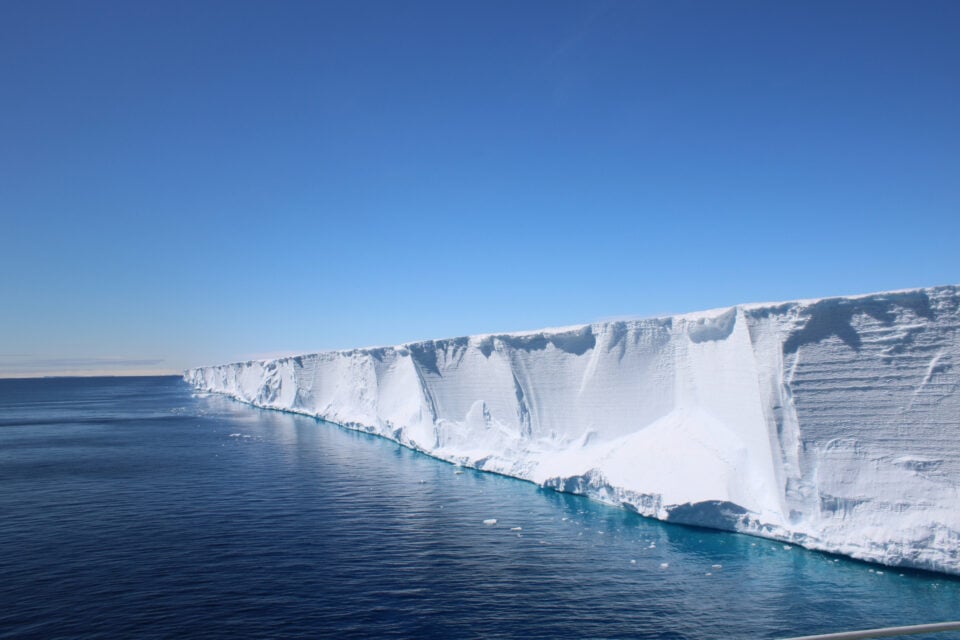
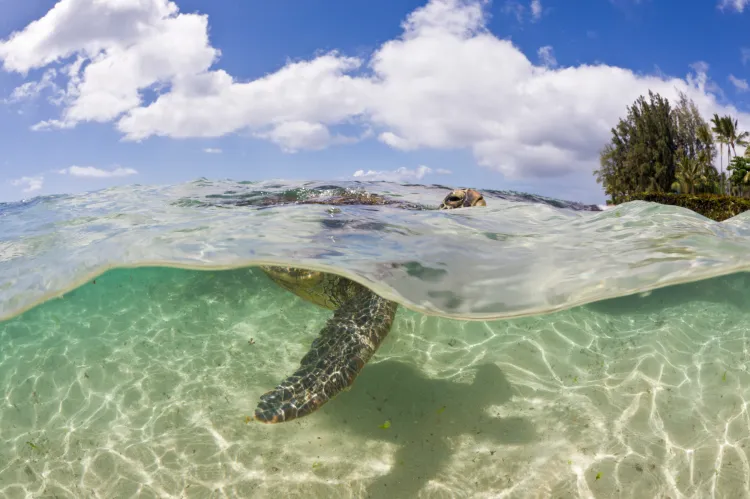

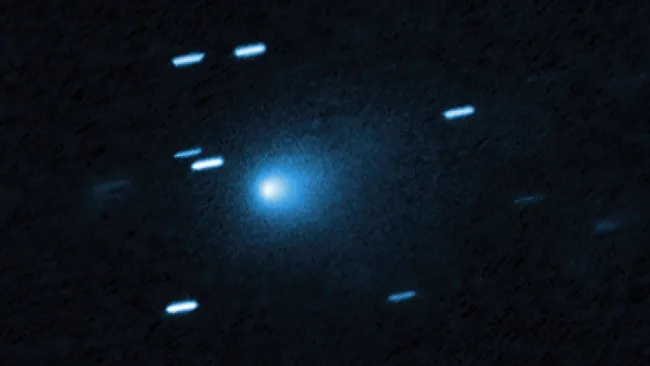
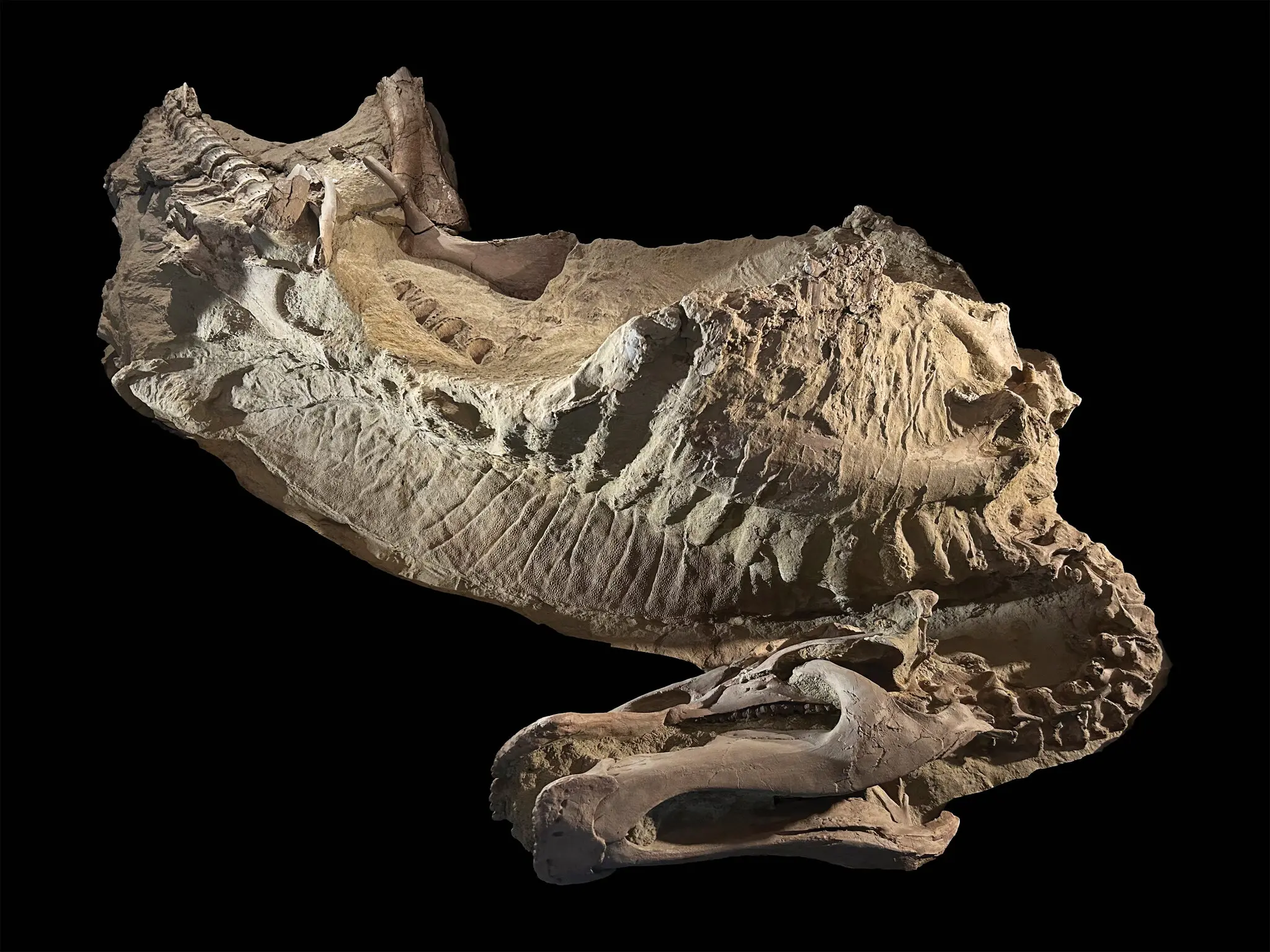
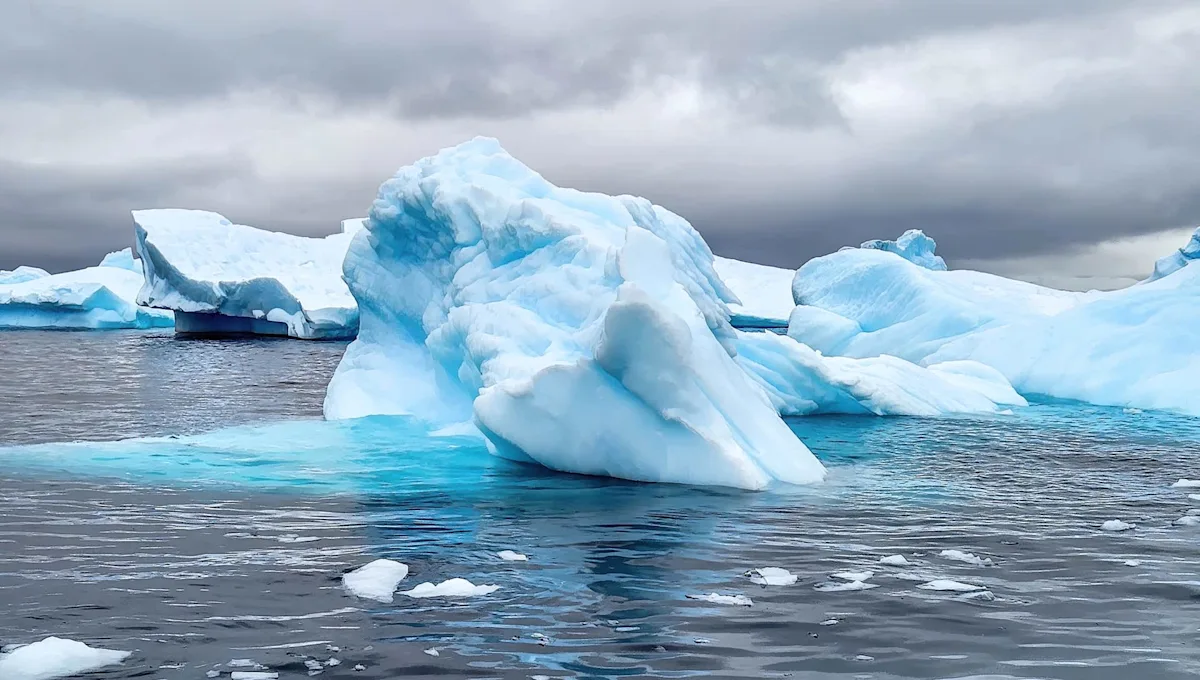


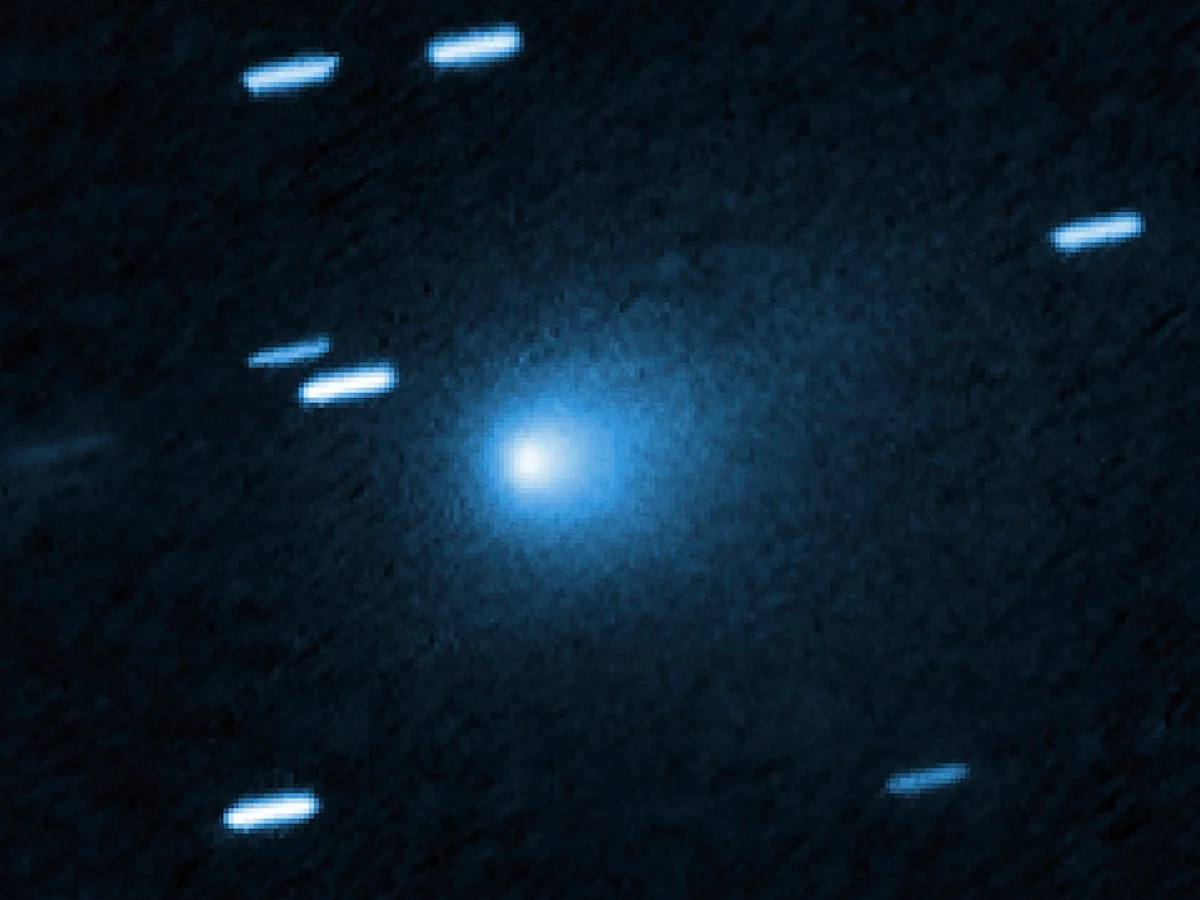
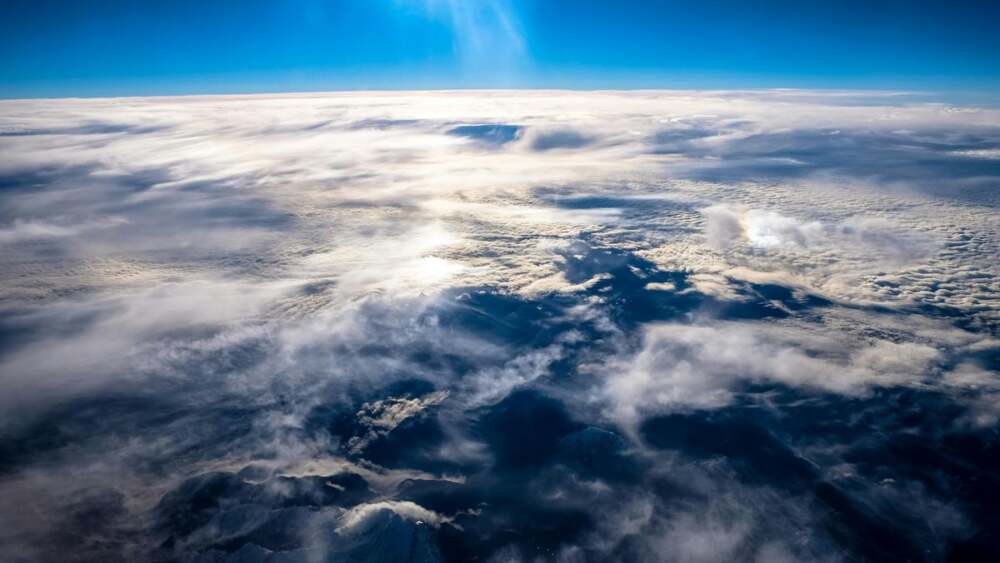
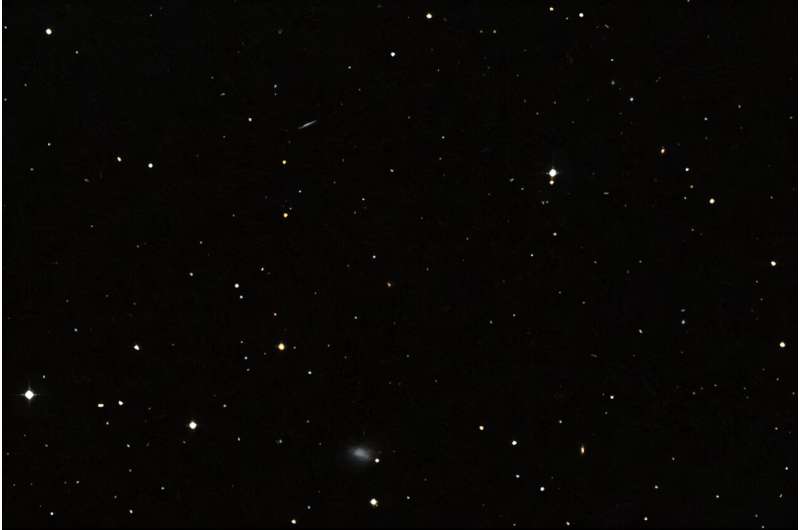




Leave a Reply